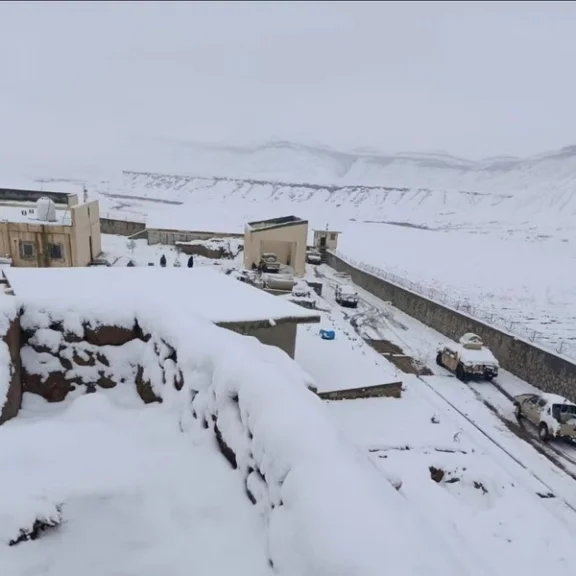Modern leaders face different and unique challenges compared to their ancestors. Leadership is one of the most enduring and debated concepts in human history. History has witnessed that from the battlefield to the modern boardroom and from philosophers’ pen to policymakers ’chessboard, the concept of leadership has been greatly explored, appreciated and at times, criticized as well. The concept of leadership has evolved over centuries and millenia, yet its essence of guiding and inspiring remains unchanged. Philosophers were, are, and will continue to be engaged in deconstructing leadership traits to inform policy formulation and its implementation.
The history of leadership traces back to ancient times. In his seminal work The Republic, Plato envisioned the idea of the ‘Philosopher King’, a ruler who leads not through desire for power but through wisdom and virtue. Another name that comes across in literature is of Nicolo Machiavelli, in his The Prince where he lays more emphasis on statecraft and prefers pragmatism over idealism. The Machiavellian approach helped Europe to justify their expansion in the form of colonialism and exploit the resources of other small and weak nations.
In most of Asia, particularly China and neighbouring countries, teachings and philosophy of Confucius inspired for centuries. Leadership was seen as an icon of morality and promoting virtue over force. That is the reason, China remained confined to its own borders and did not expand even during tributary times. In modern times, John Maxwell holds that
“Leadership is influence, nothing more, nothing less”
Another modern view on leadership can be seen in the work of Harvard’s Ronald Heifetz who views leadership as a trait to be adaptive in practice. A leader has the ability to mobilise people to face and counter tough challenges and he thrives in such hard times.
For the learners of leadership the word of leadership can be decoded as
L(Loyalty),E(Empathy),A(Accountability),D(Decisiveness),E(Ethics),R(Resilience),H(Humility),I(Innovation),P(Purpose),
True leaders are loyal, not just to people, but to principles. Examples can be found in great leaders from history like Alexander the Great who was much loyal to his people and continued marching along with them during times of hardship. Similarly, Abraham Lincoln’s loyalty to the Union could be seen during his time of leadership. Without Empathy a leader can not win people’s support. Nelson Mandella once said that “A good head and a good heart are always a formidable combination.”It can be said that modern leadership demands emotional intelligence combined with intellect.
Accountability is the transparency of actions and leaders must take responsibility for their decisions and the outcome emanating from those decisions. In the digital era, where transparency is non-negotiable, accountability is even more vital. Military commanders or corporate leaders, all are remembered due to their timely and effective decisions. Julius Caesar’s famous declaration “Alea iacta est” (The die is cast) stands as a timeless expression of bold leadership, symbolizing the courage to make irreversible decisions in the face of uncertainty.Without ethics,any leader is a danger in disguise. Greatest scholar Socrates once said,
“Ethical virtue was the highest pursuit of leadership.”
Regarding the trait of resilience, the leadership of Winston Churchill during World War II, “ never ,never, never give up,” reflects the power of resilience in a leader. Strategic thinking turns the table on enemies and your battles lead to surprising victory. Sun Tzu’s The Art of War offers numerous ways of strategic thinking and each can be tailored according to different scenarios.
Humility is mistaken mostly as humble and weak but it has a different connotation when it comes to leadership. Leaders with humility uplifts their people and prefer to make a team rather than empires. Their success is collective not individual. Innovation can be stated as the currency of leadership. In modern times innovative leaders have greater strings to pull globally in economic, political and strategic realms. Purpose-driven leadership inspires movements. A case of Martin Luther King Jr. demonstrates that people follow purpose more than position. Purpose blesses leaders with destination.
In modern times countries are facing leadership crises as all above stated traits are hard to be found in a single person today. Developing countries face leadership crises as there is a transactional leadership instead of transformational. The subject of history has been overshadowed with other Science, Technology, Engineering and Mathematics (STEM) subjects as modern youth lacks role models and the outcome is decline in participatory leadership, corruption, inconsistency and flawed decision making.
The developing world is grappling with challenges of socioeconomic disparity, gender inequality, and a poor education system that hinders the rise of popular leaders. Globalization has swept away traditional training of young leaders at community, school, college levels and countries have included other idols in their curriculum. This may produce inspiring youth but not leaders. A comprehensive roadmap may help in building future leaders especially in the developing world.
Investment in innovative education aims to cultivate critical thinkers who are adept at problem-solving. Policy labs serve as modern facilities where leadership training is provided to young learners. These labs foster complete coordination with government departments, ministries, and other stakeholders such as NGOs, civil society, and practitioners. In these labs, youth learn to resolve real-world problems by developing data-driven solutions, utilizing design thinking and simulation to craft effective policy solutions.
United Nations Security Council (UNSC) resolution 1325 promotes women leaders and societies with women leaders thrives even more.There are civic responsibility programmes in the developing world but those programmes can be reinvigorated in the form of youth parliament, student governing bodies national service programmes and so on. Develop and promote your local heroes who have transformed the lives of your own people. They can be innovators, entrepreneurs, social workers, military commanders, jurists, doctors, scientists to create relatable inspiration. Faith based values rooted in cultural practices also work to the great extent as they connect leadership to their own people, land, culture , faith and rituals.
Lastly, technology must be extensively used to scale leadership training. Through tech leadership programmes can be successfully run in remote areas in the form of virtual fellowships and e-mentoring programmes.
The archaic concept that leaders are born does not hold water anymore, leaders are not born, they are made. In a world facing turbulent times, developing great leaders is not luxury, it is a necessity.
The views expressed in this article are the author’s own. They do not necessarily reflect the editorial policy of the South Asia Times.







